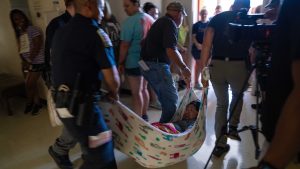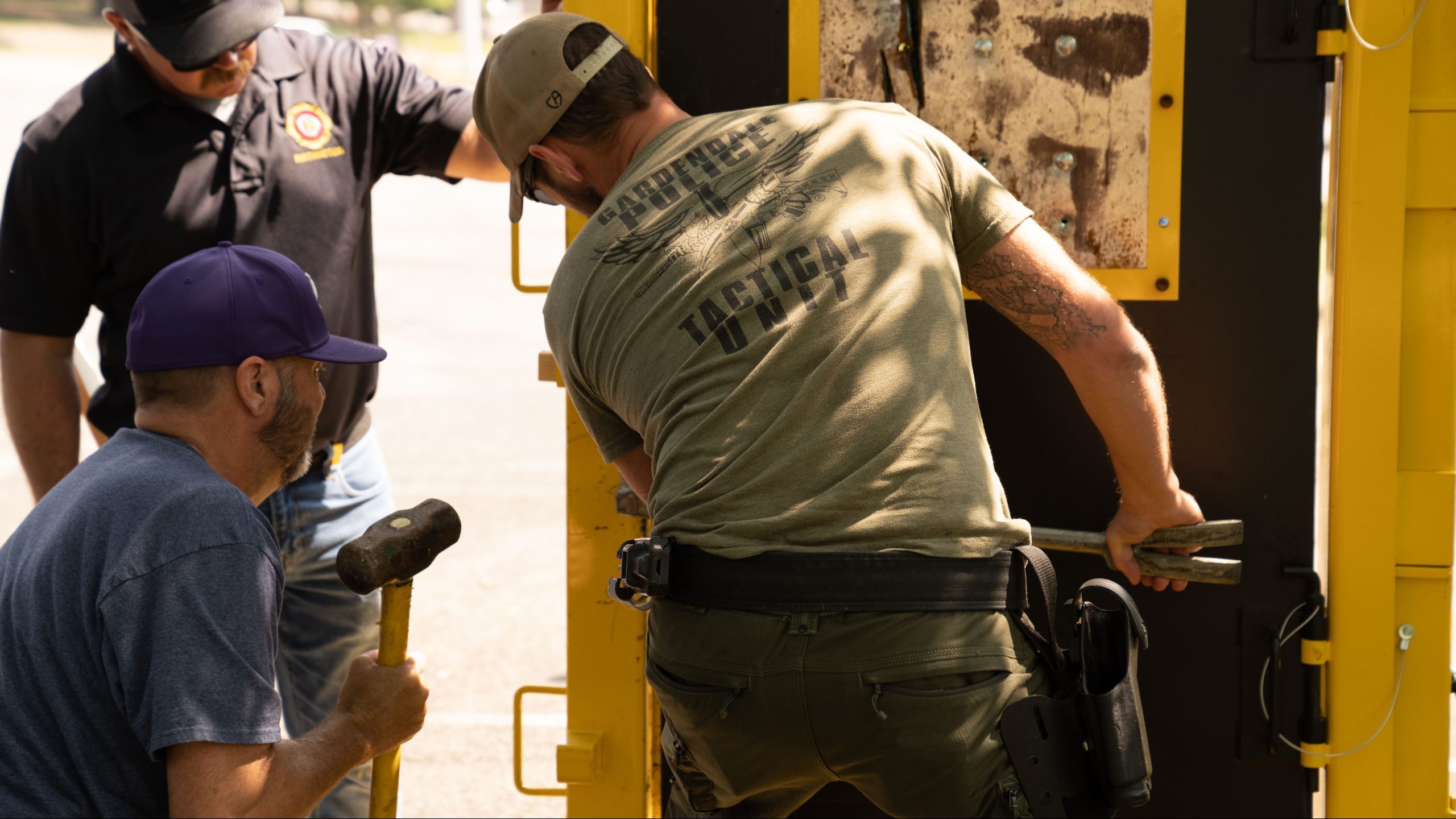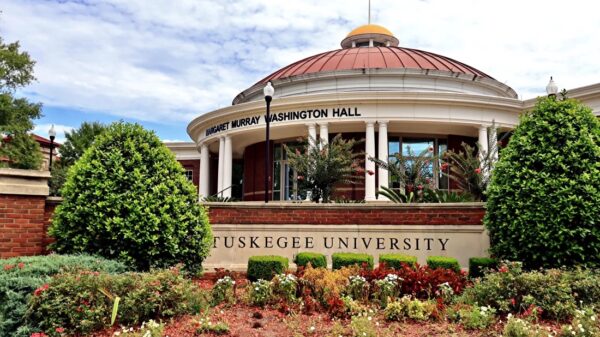|
Getting your Trinity Audio player ready...
|
As the rate of national school-related shooting incidents have increased throughout the nation, law enforcement officials are working together across state lines to help ensure proper crisis response and procedures keep residents safe on college and university campuses.
Law enforcement officers across 10 entities in Alabama and Mississippi participated in a series of active shooter mass casualty training exercises at Jefferson State Community College on Saturday, June 10. The training brought together officers from colleges and universities across Alabama and Mississippi in an ongoing effort to ensure proper protocols for an emergency response. The training helped participants hone their skills for a coordinated, timely and effective response and recovery in the event of an actual crisis.
Several students and community partners, including news stations, emergency responders and volunteers also participated.
“What the news reports show us as law enforcement officers is that we are better, together, for any disaster when we are united in how we prepare, train and respond to incidents that threaten our communities. The Alabama Community College System is always ready to foster opportunities to strengthen emergency processes and procedures,” said Mark Bailey, Chief Safety and Security Officer for the Alabama Community College System.
“Safety is at the forefront of all our minds. We appreciate every officer, agency and volunteer committed to serve alongside us to keep our children, students, residents and communities safe.”

Law enforcement officials across 10 entities in Alabama and Mississippi participated in a series of active shooter mass casualty training exercises at Jefferson State Community College on Saturday, June 10.
The training was provided by officials with the Alabama Commuenity College System; Alabama Law Enforcement Agency; State Bureau of Investigation; Alabama Fire College; and University of Alabama at Birmingham Emergency Medicine. Participating agencies, colleges and universities included Central Alabama Community College (CACC); Drake State: Enterprise State; Jacksonville State University; Lawson State; Mississippi State University; Samford University; Shelton State; University of Montevallo; and Wallace State-Hanceville.
Training included emergency response exercises relating to media, medical and tactical procedures throughout college buildings and school buses.
Multiple such trainings are held throughout the year at Alabama’s community and technical colleges to help prepare first responders for mass casualty events. In addition, proactive efforts to deter crises have been implemented. These initiatives include behavior threat assessment teams and trainings that help faculty and staff identify and provide necessary support to potentially at-risk individuals who may experience mental illness, violence or abuse.



















































